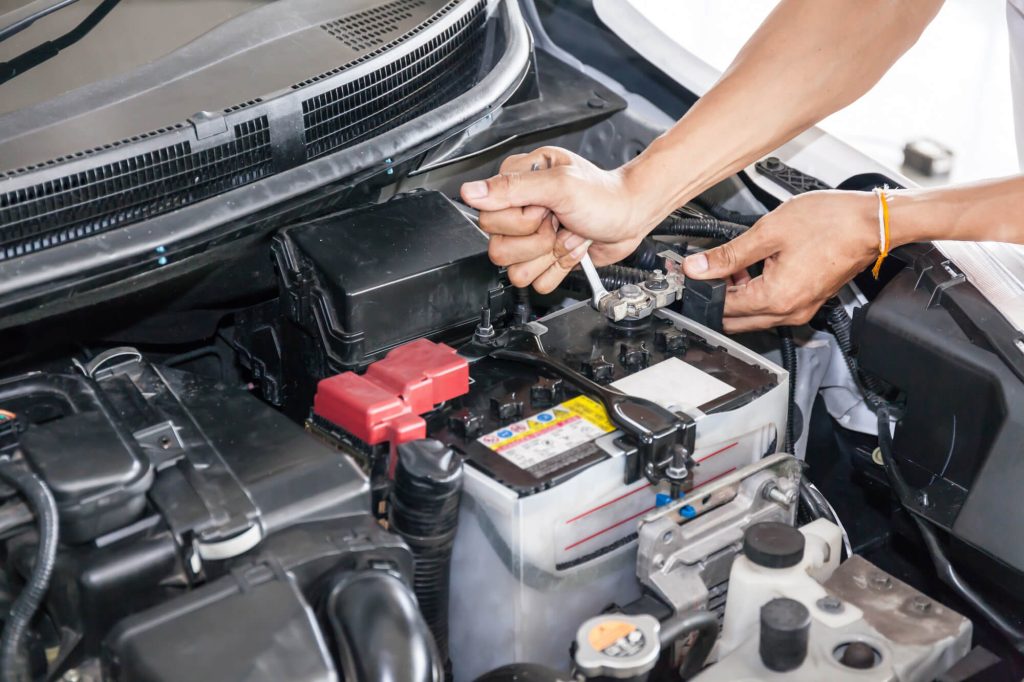In recent years, the global energy industry has undergone a dramatic shift, driven by renewable energy adoption, electric vehicles (EVs), and advanced energy storage systems. At the heart of this transformation are Battery Manufacturers, whose innovations and capabilities are shaping the path to a more sustainable future. From powering homes and businesses to supporting large-scale grid systems, these manufacturers have become critical players in the global electrification drive. In fact, some of the leading battery manufacturers of 2025 are revolutionizing the storage market by scaling production, improving efficiency, and lowering costs to meet the soaring demand.
Why Battery Manufacturers Matter in Today’s Market
As the world transitions toward clean energy, battery manufacturers play a central role in ensuring stability and reliability in storage. Renewable sources like solar and wind are intermittent, which means energy storage is vital for balancing supply and demand. By designing high-performance lithium-ion and alternative battery technologies, manufacturers bridge this gap and ensure clean energy integration on a large scale. Beyond renewables, they also serve industries such as EVs, telecommunications, medical equipment, and consumer electronics, making their importance undeniable.
Key Trends Driving Battery Manufacturers in 2025
The market for batteries continues to expand rapidly, and battery manufacturers are responding with new strategies to remain competitive. Several trends dominate 2025:
1. Rapid Expansion of Electric Vehicles
The EV market is one of the strongest forces propelling battery demand. Top battery manufacturers are investing in advanced chemistries and expanding gigafactories to ensure reliable supply. Automakers now partner directly with manufacturers to secure long-term contracts, ensuring their EV lines have the power they need.
2. Breakthroughs in Lithium-Ion Technology
Lithium-ion batteries remain the backbone of the storage industry. However, battery manufacturers are optimizing them for longer life cycles, faster charging, and safer performance. Solid-state batteries are also emerging as a revolutionary alternative, and many manufacturers are racing to commercialize them.
3. Focus on Sustainability and Recycling
Environmental concerns have prompted battery manufacturers to implement sustainable sourcing and recycling processes. Closed-loop recycling systems allow valuable materials like lithium, nickel, and cobalt to be recovered and reused, reducing reliance on mining.
4. Diversification Beyond Lithium-Ion
While lithium-ion dominates, battery manufacturers are exploring sodium-ion, zinc-air, and flow battery technologies. These alternatives could address supply chain issues and improve performance for grid-scale applications.
Top Battery Manufacturers to Watch in the Growing Storage Market
The following battery manufacturers are among those shaping the industry’s growth in 2025. Their global influence, technological innovation, and capacity expansion make them key players in the market:
CATL (Contemporary Amperex Technology Co. Limited)
CATL continues to dominate global battery production. As one of the largest battery manufacturers, it is expanding operations worldwide and pioneering next-gen lithium iron phosphate (LFP) batteries.
LG Energy Solution
LG Energy Solution has established itself as a leader in lithium-ion technology. This battery manufacturer supplies automakers, renewable energy projects, and consumer electronics industries with reliable solutions.
Panasonic
Panasonic remains a trusted name among battery manufacturers, particularly due to its strong partnership with Tesla. Its advancements in high-energy-density cells keep it at the forefront of EV storage technology.
BYD
As both a vehicle producer and one of the largest battery manufacturers, BYD plays a dual role in the electrification landscape. Its Blade Battery has set new safety benchmarks in the industry.
Samsung SDI
Samsung SDI focuses heavily on high-performance cells for EVs and consumer devices. As a global battery manufacturer, it is well-positioned to meet the rising demand for premium storage solutions.
SK On
SK On is emerging as a powerhouse among battery manufacturers, with investments in gigafactories and collaborations with global automakers. Its focus is on high-efficiency and fast-charging technologies.
Northvolt
A European-based battery manufacturer, Northvolt emphasizes sustainability. With its closed-loop recycling system, it is setting a new standard for green production in the battery sector.
AESC (Automotive Energy Supply Corporation)
Owned by Envision Group, AESC is a rising battery manufacturer with strong ties to the automotive industry. It continues to scale up production in the U.S., Europe, and Asia.
Amperex Technology Limited (ATL)
Known for its dominance in consumer electronics, ATL remains one of the top battery manufacturers in this niche while expanding into EV applications.
MANLY Battery
MANLY Battery is a global battery manufacturer known for its versatile lithium-ion storage solutions. From residential energy systems to industrial applications, MANLY is helping bridge the gap in the growing storage market.
The Future of Battery Manufacturers in the Storage Industry
The demand for energy storage will only continue to rise as renewable adoption and EV sales accelerate. Battery manufacturers that embrace innovation, sustainability, and scalability will dominate this space. With ongoing investments in solid-state and next-generation chemistries, the industry is poised to deliver higher-performing solutions at lower costs.
Conclusion
As the global shift toward electrification and renewable energy accelerates, battery manufacturers are at the core of this transformation. The companies highlighted above represent not just market leaders but also innovators shaping the future of energy storage. By advancing technology, improving sustainability, and scaling production, these battery manufacturers are setting the stage for a cleaner, more efficient energy future. For businesses, investors, and consumers alike, keeping an eye on these manufacturers is essential to understanding the trajectory of the energy industry in 2025 and beyond.

